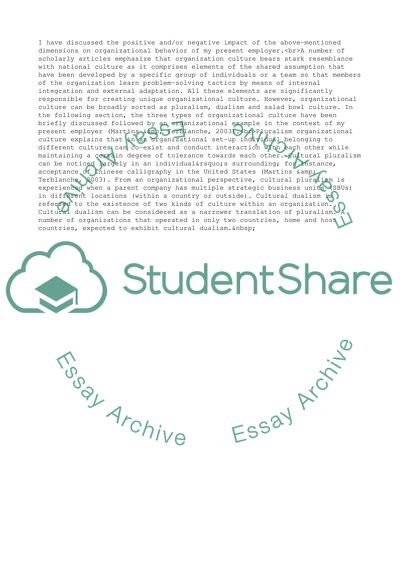Cite this document
(“Intrinsic and Extrinsic Motivation Assignment Example | Topics and Well Written Essays - 2000 words”, n.d.)
Intrinsic and Extrinsic Motivation Assignment Example | Topics and Well Written Essays - 2000 words. Retrieved from https://studentshare.org/business/1853043-week-6-final-paper
Intrinsic and Extrinsic Motivation Assignment Example | Topics and Well Written Essays - 2000 words. Retrieved from https://studentshare.org/business/1853043-week-6-final-paper
(Intrinsic and Extrinsic Motivation Assignment Example | Topics and Well Written Essays - 2000 Words)
Intrinsic and Extrinsic Motivation Assignment Example | Topics and Well Written Essays - 2000 Words. https://studentshare.org/business/1853043-week-6-final-paper.
Intrinsic and Extrinsic Motivation Assignment Example | Topics and Well Written Essays - 2000 Words. https://studentshare.org/business/1853043-week-6-final-paper.
“Intrinsic and Extrinsic Motivation Assignment Example | Topics and Well Written Essays - 2000 Words”, n.d. https://studentshare.org/business/1853043-week-6-final-paper.


